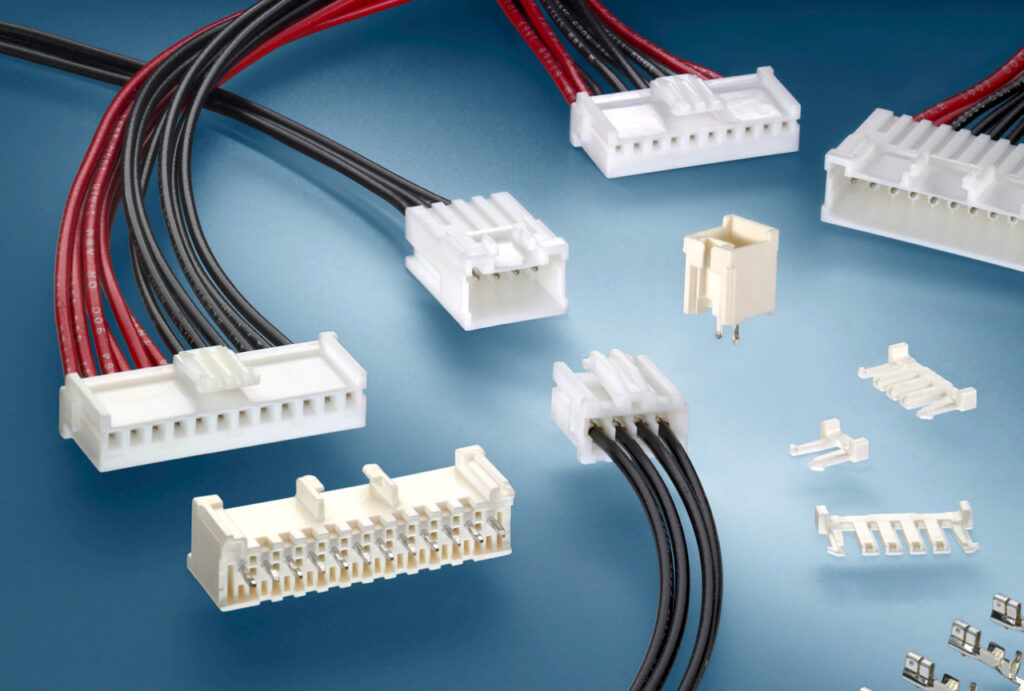Planetary Gearboxes
Planetary gearboxes, also known as epicyclic gearboxes, are a type of gear system used in a wide range of applications. This technology has been around for centuries and has been used in many different forms, from the earliest windmills to the most advanced industrial machinery. Planetary gearboxes are known for their compact design, high efficiency, and ability to handle high loads. In this article, we will discuss how planetary gearboxes work, their advantages and limitations, and their applications.
About
How the technology works
A planetary gearbox consists of a central gear, called the sun gear, and several smaller gears, called planet gears. The planet gears are arranged around the sun gear and are connected to an outer ring gear, also known as the annulus. The planet gears rotate on their own axes as well as around the sun gear, which causes the outer ring gear to rotate. This rotation ratio between the sun gear and the planet gears, along with the number of teeth on each gear, determines the speed and torque output of the gearbox.
Planetary gearboxes can be designed with different gear arrangements, including simple planetary, compound planetary, and differential planetary. Simple planetary designs have a single planet gear, while compound planetary designs have multiple planet gears arranged in two or more stages. Differential planetary designs have three or more planet gears and an additional gear component, called the carrier, which can rotate independently of the sun gear.
Advantages and limitations
One of the main advantages of planetary gearboxes is their compact design, which makes them ideal for applications where space is limited. They also offer high efficiency, as the load is distributed among multiple planet gears, reducing the amount of force each gear must handle. Planetary gearboxes are also capable of handling high torque loads, making them suitable for heavy-duty applications.
However, there are also some limitations to consider. Planetary gearboxes can be more expensive than other types of gear systems due to their complex design. They can also be more difficult to repair or replace if a component fails, as the gears are often tightly packed together. Additionally, they may not be suitable for applications that require precise control over speed or acceleration.
Applications
Planetary gearboxes are used in a wide range of applications, including automotive transmissions, industrial machinery, robotics, and aerospace systems. In automotive applications, planetary gearboxes are used to provide multiple gear ratios for different driving conditions, while in industrial machinery, they are used to reduce the speed of high-speed motors and increase torque output. In robotics, planetary gearboxes are used to provide precise motion control, while in aerospace systems, they are used to reduce weight and increase efficiency.
Conclusion
Planetary gearboxes are a versatile and reliable technology that has been used for centuries in a wide range of applications. While they have some limitations, their compact design, high efficiency, and ability to handle high loads make them an attractive choice for many industries. As technology continues to advance, we can expect to see new and innovative uses for planetary gearboxes in the future.













